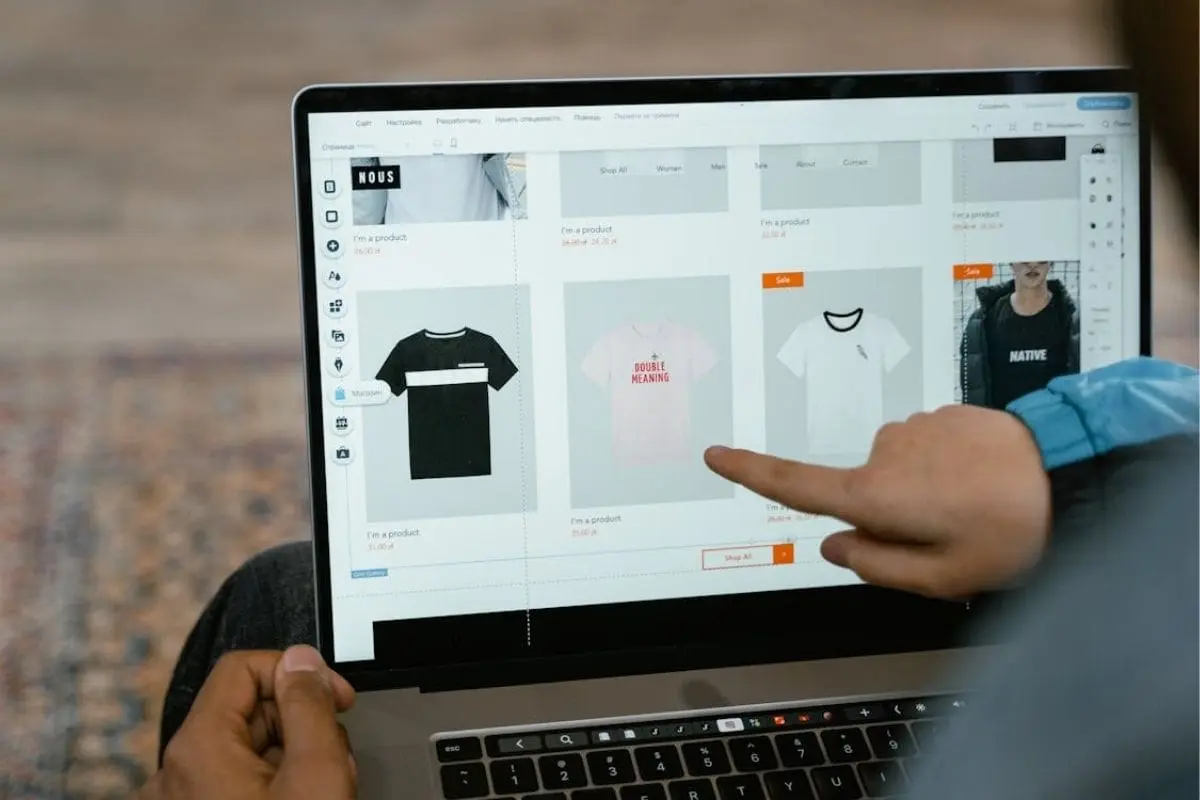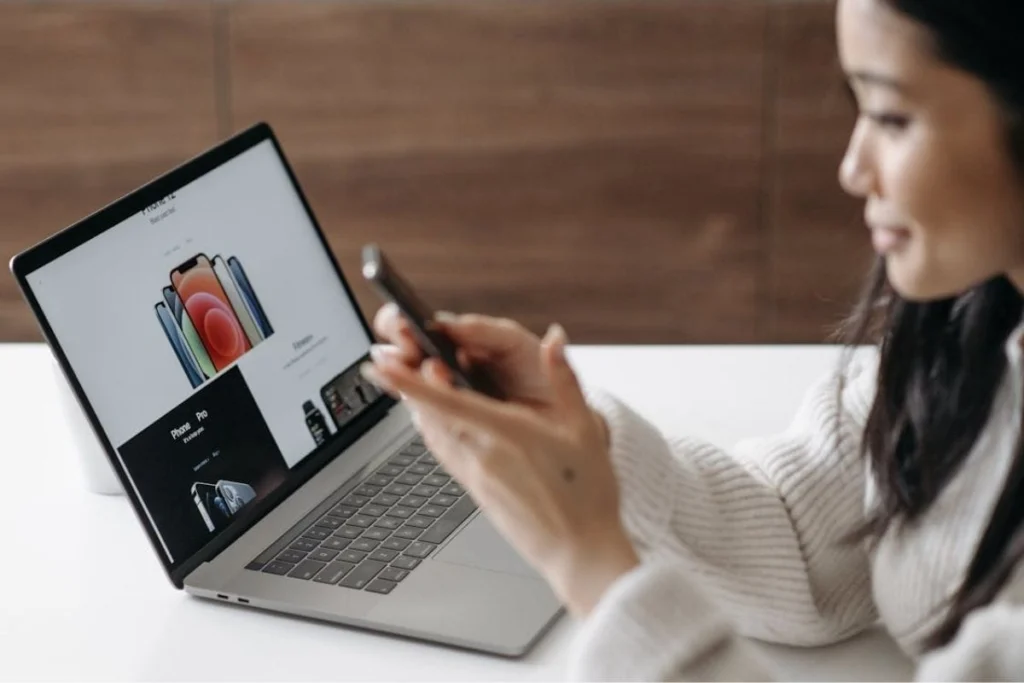Crafting Channel-Based Buyer Segments: Unlocking Seamless Offline and Online Marketing
To effectively segment buyers by their preferred marketing channels, while balancing both offline and online behaviors, consumer brands must move beyond generic audience buckets and directly analyze when, where, and how customers interact and purchase.
Here’s a targeted approach to building actionable channel-based segments, with practical consumer brand examples throughout.

1. Channel-Based Segmentation: Getting Granular
Channel-based segmentation specifically groups buyers by their chosen or most responsive marketing channels, email, SMS, social, web, in-app, phone, in-store interaction, direct mail, etc. This method recognizes that consumers are not homogeneous in their channel engagement and often mix digital and physical touchpoints.
Example segments:
- Email-first shoppers: Regularly open and click through promotional or loyalty emails.
- Social media engagers: Highly responsive to Instagram, TikTok, or Facebook campaigns, often leading to online or offline purchases from social posts.
- In-store driven: Prefer physical experiences, respond to in-store signage, local flyers, or events, often with minimal digital footprint.
- SMS responders: Opted in to mobile communications and interact promptly with text alerts or offers.
- Direct mail loyalists: Are reached most effectively through catalogues or physical coupons and may not engage heavily online.

2. Behavioral Refinement: Mapping Offline and Online Habits
Beyond knowing which channel a customer uses, examine how and when they engage with it:
- Omnichannel enthusiasts: Regularly cross between online research and in-store purchase (or vice versa), for instance, someone who checks product details online, then visits a store to buy, or orders online for curbside pickup.
- Showroomers: Visit brick-and-mortar locations to experience products, but ultimately buy online, often spurred by digital promos or app-exclusive deals.
- Webroomers: Research thoroughly online, reading reviews and comparing prices, before completing the purchase in a physical store.

3. Data-Driven Segmentation in Practice
A. By Recurring Engagement Channel
Analyze CRM and analytics data to find each customer’s highest-engagement touchpoint, then assign segments such as:
- Email-Loyal: The Majority of opens and purchases are triggered by email flows.
- App-Active: Frequent app login, enabling in-app notifications, and mobile-specific offers.
- Store-Centric: Uses loyalty card or barcode offers during in-person checkouts, rarely clicks emails.
- Website-Bound: Logged-in website visits with high conversion rates, minimal mobile/app activity.
B. Channel Switching Patterns
Track buyers who switch channels depending on the stage of the customer journey (awareness, consideration, conversion, loyalty):
- Online → Offline: Discovers via influencer or digital ad, reserves or completes purchase in store.
- Offline → Online: Inspired by an in-store demo or leaflet, finishes purchase on the brand’s eCommerce site for home delivery.
- Multi-Channel Cycle: Mixes and switches constantly, seeking a seamless omnichannel experience.

4. Occasions and Loyalty Segmentation with Channel Overlay
- Occasion-based: Target birthdays, anniversaries, or back-to-school moments with channel choice based on past response, send a physical card to a print-engaged segment, and a celebratory push notification to digitally engaged users.
- Loyalty lifecycle: Long-term, highly loyal online buyers may receive app-based early access. Infrequent buyers with a strong in-store history could get exclusive store-only previews or paper coupons.

5. Combining Channel Segmentation With Other Predictors
Smart brands overlay channel segmentation with demographics, psychographics, geography, or purchase behavior:
- Demographics + channel: Younger buyers are more likely to engage via Instagram and SMS; older segments react better to email or direct mail
- Location + channel: Urban segments may respond best to app-based coupons for quick pickup; rural buyers might prefer catalogs or mail
- Income + channel: Affluent buyers could prefer app/website exclusives with luxury imagery, while price-driven segments might gravitate toward mass emails or value packs in-store

6. Tools and Tactics for Building Effective Channel-Based Segments
- Gather channel preference data at sign-up, post-checkout, or in account settings (“How do you prefer to hear from us?”).
- Analyze UTM and source-of-conversion data: Is the traffic arriving from social, email, affiliate, direct mail, QR code, etc.?
- Use purchase/engagement recency: If the last three interactions were via in-store redemption but not email, shift the targeting accordingly.
- Offer channel-specific benefits to encourage self-segmentation: “Unlock this reward by joining our SMS list,” or “VIP night, invite by mail only.”

7. Continual Testing & Flexibility
Consumer channel preferences evolve. Continuously test segment definitions and move customers between them as behavior changes. For instance, pandemic-era online flurry may revert in some segments to in-store buying, or new app adoption may create fresh digital-first segments.
Modern marketing automation platforms allow dynamic, behavior-based assignment and re-assignment to these channel groups.
Follow These 7 Steps For Better CPG Marketing Campaigns
Effective channel-based segmentation for consumer brands involves assigning buyers not just by the channel(s) they use, but by how, when, and why they engage across both in-person and digital touchpoints.
This lets brands deliver targeted, relevant, and resource-efficient marketing that meets customers where they truly want to connect.


